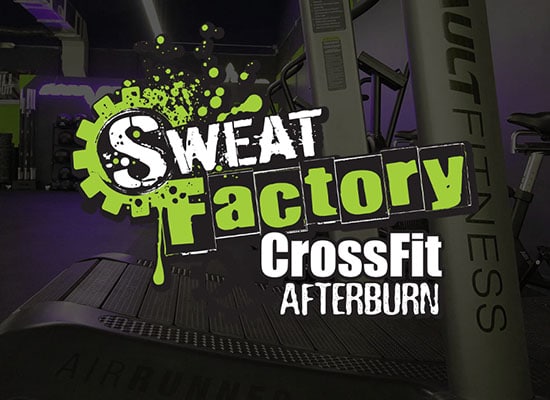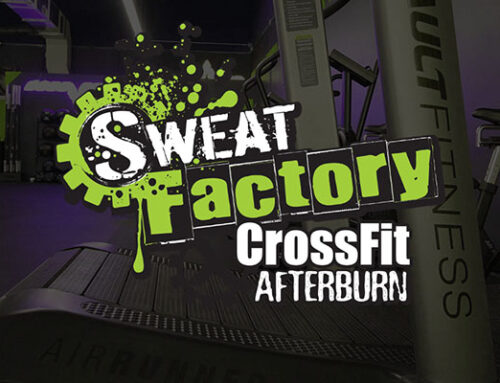Twenty years ago, telling your waiter you had food allergies and couldn’t eat gluten, nuts, dairy, etc., would make him roll his eyes, or bark, “Sorry, no substitutions.” But today, nearly every restaurant and food product line offers some accommodation for people with food allergies and intolerances, from the most formal banquet halls to the cheapest TV dinners. And when you look at the statistics on people who can’t digest certain foods, it’s clear that they have to.
According to Food Allergy Resource and Education (FARE), approximately 32 million people in the U.S. have food allergies. They’re not just so-called “picky eaters”; they face legitimate health problems if they eat certain foods. Gluten (the protein in wheat and other cereal grains) and nut allergies are among the most common and frustrating, since grains and nuts are widely used as ingredients in other dishes—some of which you might never expect (nuts in your vanilla ice cream, for instance).
About two-and-a-half million people can’t handle wheat, and gluten is a major contributing factor. One in 100 people worldwide is believed to have celiac disease, a severe form of gluten intolerance that falls under the banner of an auto-immune disorder. For these people, consuming gluten will actually result in damage to the intestine.
Meanwhile, more than six million people have a reaction to peanuts (technically a legume), and nearly four million need to avoid tree nuts.
If you count yourself as a member of any one of the above groups, you already know that you have to be careful about what you eat, and how your food is prepared. But you may not be aware of how many delicious—and healthy—options you still have, especially when you’re looking for a quick bite between meals. With the help of a dietician and a recipe whiz, we came up with five different gluten-free and nut-free snacks that taste great, and help you stay fit.
What Foods Should Be Avoided?
Going gluten-free means saying no to wheat, barley, and rye, and all the foods and food ingredients that can be made from them. When you add them up, it’s a long list that includes (but is NOT limited to):
- Baked goods
- Beer
- Bread
- Brewer’s yeast
- Cereals
- Condiments
- Granola
- Meat substitutes
- Milkshakes
- Pasta
- Salad dressings
- Sauces
- Soups
- Spice blends
- Syrups
- Tortillas/wraps
- Wine coolers
Of course, gluten-free options do exist for many foods, but by and large, a gluten-free diet will be devoid of what you see above. Even food coloring can be an allergen, as it’s often made from barley. One should also watch out for oats. While they’re naturally gluten-free, oats are often grown near wheat, barley, or rye, and, as a result, they can become contaminated by them. Make sure that any oats you consume are guaranteed gluten-free on the food label.
Avoiding tree nuts will have you waving off…
- Almonds
- Brazil nuts
- Cashews
- Coconut
- Curries (They often contain ground almonds)
- Hazelnuts
- Honey (Some nut species are pollinated by bees)
- Macadamia nuts
- Nut butters
- Nut milks
- Pecans
- Pistachios
- Walnuts
Be wary of cold cuts (such as mortadella), energy bars, flavored coffees, marinades, pastries, and sauces (including barbecue) too. All can and often do contain some tree nuts as additives. Certain ethnic foods, such as Chinese, Indian, and Thai, also contain nuts.
If you have an intolerance to peanuts, you should steer clear of the following:
Beer nuts
Chili
Cold-pressed peanut oil (Although highly-refined peanut oil may be OK; ask your doctor)
Egg rolls
Enchilada sauce
Fried foods (Many are cooked in peanut oil)
Ice cream
Glazes
Lupin/Lupine (A flour substitute in gluten-free foods, it’s a legume, like peanuts are, and may provoke a reaction similar to a peanut allergy)
Marinades
Mole
Nut butters (Even if you’re not allergic to tree nuts, nut butters can be exposed to peanuts in processing and pick up their allergens)
Pancakes
Pesto
What Nutrition Am I Missing By Cutting Out Gluten and Nuts?
Avoiding gluten and nuts if you’re allergic to them will greatly reduce the risk that you’ll have a bad reaction when you eat something. On the downside, you will increase the likelihood that you don’t get enough of certain vitamins and minerals, if you’re not careful to eat other foods that supply them.
“Nutrients of concern in a gluten-free diet are vitamins D, B12, and folate,” says Shannon Ehrhardt, RD, CSSD, an EXOS Performance Dietitian, “as well as iron, magnesium, calcium, and zinc.” But you can cover these needs by consistently eating some of the following.
For vitamin D: egg yolks, mushrooms, and salmon
For vitamin B12: beef, clams, eggs, and tuna
For folate: broccoli, Brussels sprouts, chickpeas, and leafy greens
Nut-free diets are often lacking in vitamin E, niacin, magnesium, manganese, and chromium, says Ehrhardt. To make sure you stay topped off on them, eat foods from the lists below.
For vitamin E: avocado, broccoli, butternut squash, kiwi, olive oil, and spinach
For niacin: beef, brown rice, salmon, and tuna
For magnesium: avocado, banana, dark chocolate, legumes (chickpeas, lentils, soy beans, other beans), okra, oysters, salmon, spinach, and tofu
For manganese: black pepper, clams, coffee, legumes, mussels, oysters, rice, and tea
For chromium: fruits, meats, and vegetables



